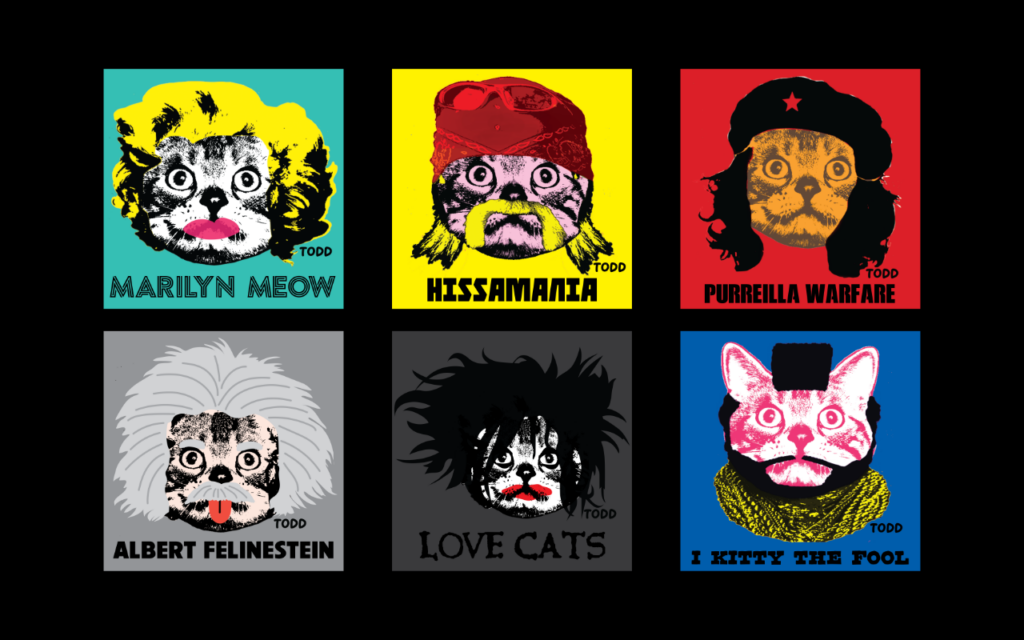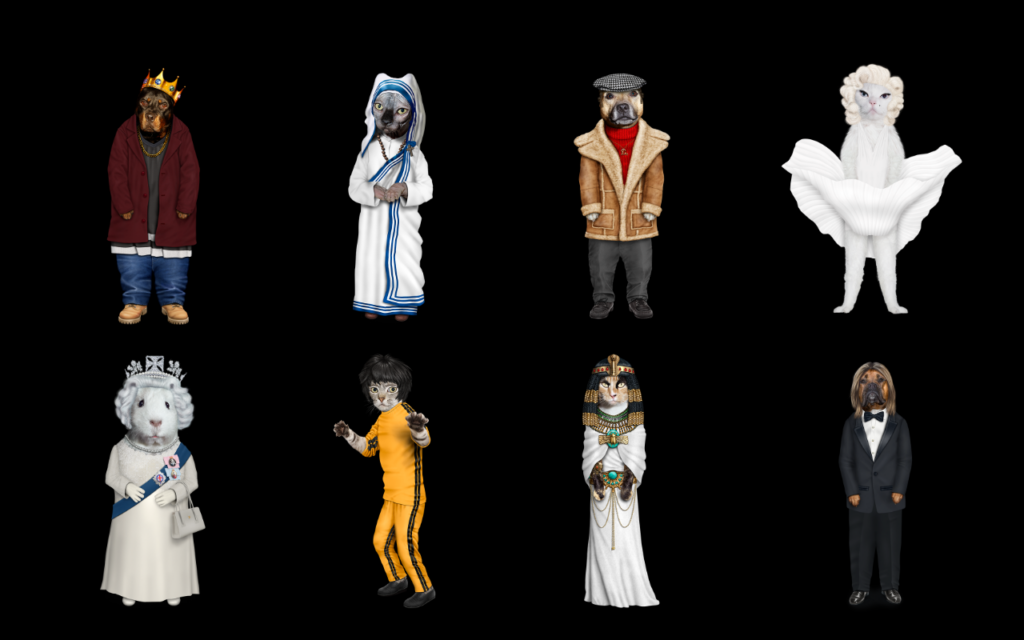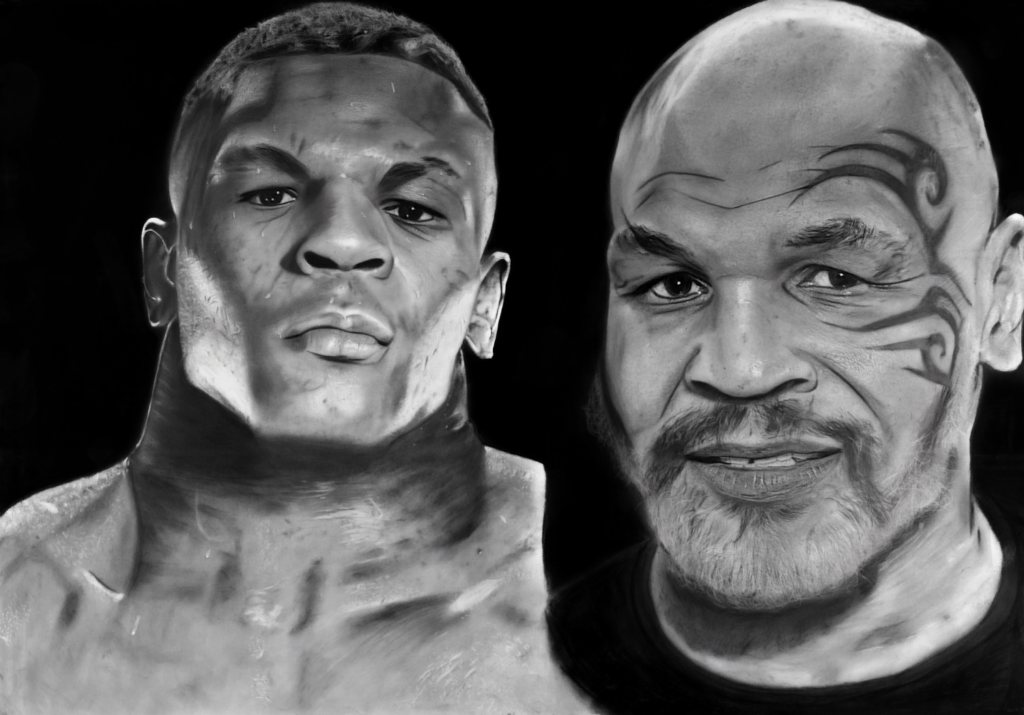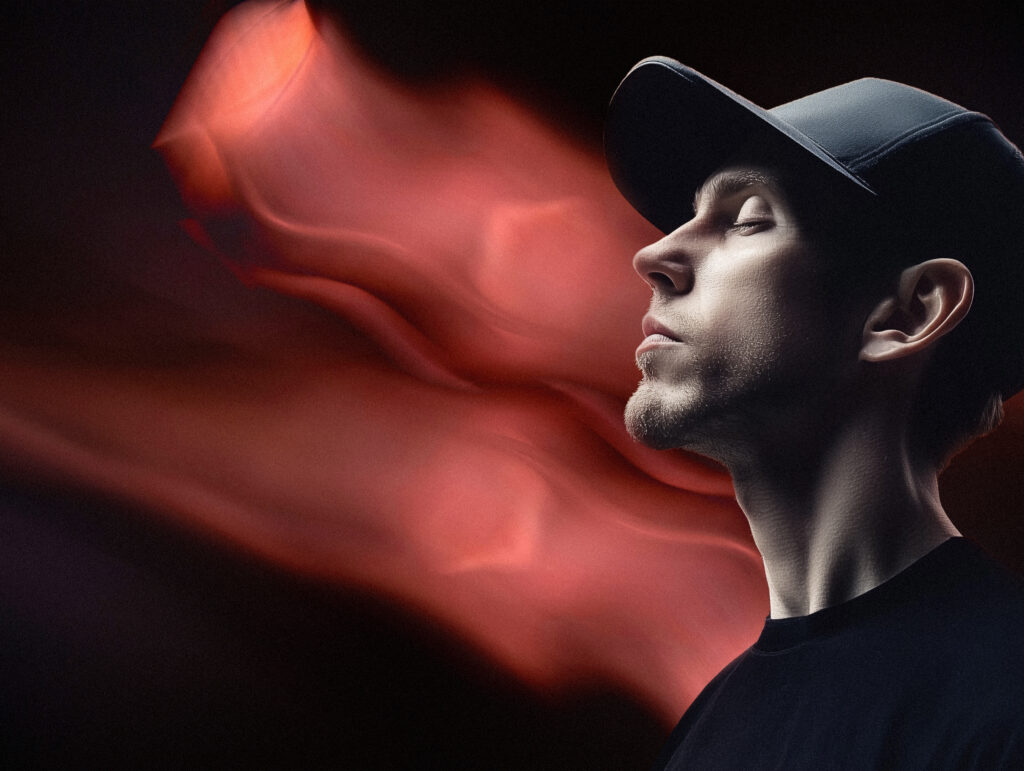Art has always been more than something beautiful to look at. It’s a reflection of us. It captures our feelings, history and the world around us. From the earliest cave paintings to the digital art of today, art has told stories that words alone can’t express.
Think of those ancient cave paintings in France, created over 17,000 years ago. We can’t talk to the people who made them, but their art still speaks to us. It shows their life, their struggles and even their hopes. That’s the power of art — it connects us across time. But in the past, owning art was exclusive to a select few. Today, that’s all changing.
Technology is transforming how we interact with art, making ownership more accessible, transparent and exciting. Blockchain, NFTs, and Augmented Reality are giving artists new ways to showcase their work and buyers new ways to collect it.
Art: Once for the Few, Now for All
For much of history, owning art was a privilege of the elite. Collectors would spend vast sums of their money to own a single piece, like a Picasso or a Van Gogh. For everyone else, art was something to admire from a distance, in galleries or museums. But even though art is supposed to be for everyone, only a few could actually own a piece of history.

In the Internet era, while art has become more accessible to view — thanks to social media and online galleries, ownership remains elusive for most people. Even digital art, which can be easily shared and distributed, was difficult to sell as a unique piece. How do you prove you own the original when anyone can download it?
That’s where technology steps in, levelling the playing field.
A New Way to Own Art
Blockchain technology is giving artists and art lovers new ways to buy, sell and even experience art.
But what does that mean?
Thanks to blockchain and NFTs (non-fungible tokens), you can now own a digital piece of art the same way you own a physical painting. Artists can create digital works, sell them as one-of-a-kind pieces and buyers get a secure way to prove they own the original.
NFTs are essentially digital certificates of authenticity. Once you buy an NFT, it’s recorded on the blockchain, a decentralized ledger that ensures no one can tamper with or alter the record of ownership. This means the buyer can prove they own the original, even though copies of the work may exist.
This new way of owning art isn’t just for digital works. Physical art can be linked to NFTs as well, giving buyers a digital record of ownership and artists more ways to connect with their audience.
What’s the Real Value of NFTs?
NFTs are changing more than just who owns art. They’re changing how artists make a living.
Take Beeple, for example. A digital artist who sold his artwork “Everydays: The First 5000 Days” for $69 million at a Christie’s auction in 2021. This was a landmark moment, showing that digital art could be just as valuable as traditional art.
But it’s not just about big sales. NFTs give artists a chance to earn royalties on their work long after the initial sale.

In the traditional art world, once an artist sells a piece, that’s it. They don’t see any profit when the artwork is resold. But with NFTs, via something called a ‘Smart Contract’, artists can program royalties into their contracts, ensuring they get a cut every time their work changes hands.
That’s a game-changer. It keeps artists connected to their work and gives them ongoing revenue opportunities, creating a more sustainable career path.
Owning Art Made Simple
Art ownership doesn’t have to be limited to billionaires. Blockchain is making it more accessible to everyday people.
Imagine being able to own a share of a famous artwork, like a Picasso or a Warhol, without needing millions of dollars. Through tokenization, this is becoming a reality. Platforms are emerging where physical pieces of art can be tokenized, divided into shares, and sold to multiple owners.
This concept is similar to owning shares in a company. You don’t need to buy the whole company to be a shareholder, and you don’t need to buy an entire painting to be an art collector. This fractional ownership model makes high-end art more accessible and opens up new opportunities for everyday collectors to participate in the art market.
For example, there are art companies today (such as Masterworks) that allow users to buy shares in multi-million-dollar paintings. As the value of the painting increases over time, so does the value of the shares. This approach democratises art ownership, making it more inclusive and appealing to a broader audience.
The Power of Social Media
While blockchain is changing ownership, social media is revolutionising how we discover and experience art. In the past, galleries, critics and art institutions decided what art was popular and who got to see it. However, with the rise of platforms like Instagram, TikTok, and X (Twitter), artists now have direct access to their audience.

Artists no longer need a gallery or a critic’s approval to be seen. They can build their own communities, share their work with millions and even sell directly to their followers. Social media has given rise to a new generation of ‘digital-first’ artists, who can launch entire careers from their phones.
Take the hashtag #NFTArt as an example. This tag has become a massive movement, allowing artists from all over the world to showcase their work, connect with collectors, and even collaborate with other creators. The gatekeepers of the traditional art world are losing their grip as artists take control of their own careers.
Social media is also helping artists tell their stories. It’s not just about the art anymore — it’s about the artist’s journey, their process and their vision. This personal connection makes the art even more valuable to collectors, who feel like they’re part of the artist’s world.
The Line Between Physical and Digital is Blurring
As digital art grows, we’re seeing something interesting: the blending of physical and digital art. This new world is sometimes called “phygital”— art that has both a physical and digital element.
For example, you might own a sculpture that comes with a digital version, which you can view through augmented reality on your phone. It’s an exciting way to bring art into your daily life in new ways. Digital art can now be displayed in physical spaces using augmented reality or digital frames, turning any room into a gallery.
Immersive Art Experiences
Virtual Reality (VR) and Augmented Reality (AR) are also making art more interactive and immersive. Imagine stepping into a completely digital gallery where you can walk through rooms of virtual art, interact with sculptures, or even create your own piece on the spot.
Artists like Jonathan Yeo are using these technologies to create experiences that go beyond traditional art forms. His work, available through platforms like Acute Art, use augmented reality to place art directly into public spaces. You could walk down the street and see a giant sculpture appear in front of you via your phone or AR glasses. This blend of physical and digital reality (referred to as ‘mixed reality’) is creating new ways to engage with art and culture.
These experiences bring art to life, making it accessible to anyone with a smartphone. It also allows artists to experiment with new mediums and formats, pushing the boundaries of what art can be.

Collaborating in New Ways
Blockchain isn’t just changing how we own art. It is also changing how we create it. With DAOs (Decentralised Autonomous Organisations) artists from around the world can collaborate on projects and share ownership of their work.
DAOs allow for collective decision-making, where every member gets a say in how the project develops. This new form of collaboration removes the need for galleries or other middlemen and lets artists control their creative process and profits.
The SUPERLUXE DOA (‘SUPERDAO) does exactly this for our $ARTX Token-holders. It creates a Community who want to share in and help shape the direction of the company.
Platforms like Async Art are already enabling these collaborations, where multiple artists can contribute to a single piece of art that evolves over time. Every artist’s contribution is tracked on the blockchain, ensuring they get recognition and compensation for their work.
The Future is Now
At SUPERLUXE, we believe art should be for everyone. We are using blockchain technology to make art ownership and accessibility simpler and more secure. Whether you’re an artist or a collector, we offer a space where you can connect, create, and own art with confidence. Securely. Directly. Transparently.
Art ownership is no longer the exclusive domain of the wealthy few. The future of art is here and it’s open to all.
Join us at SUPERLUXE and discover a new way to own art.


